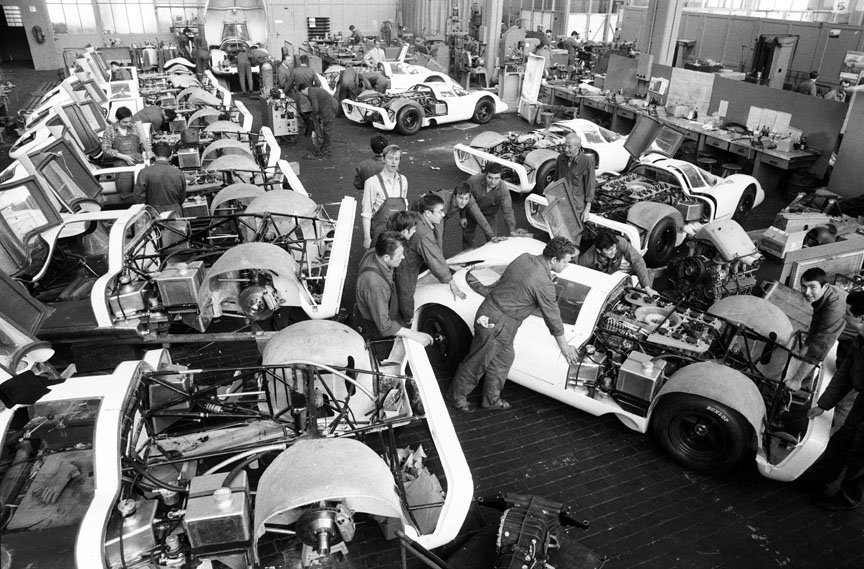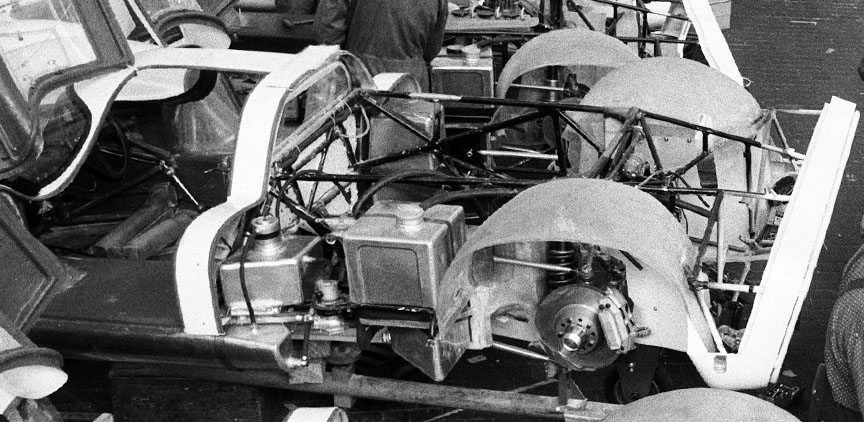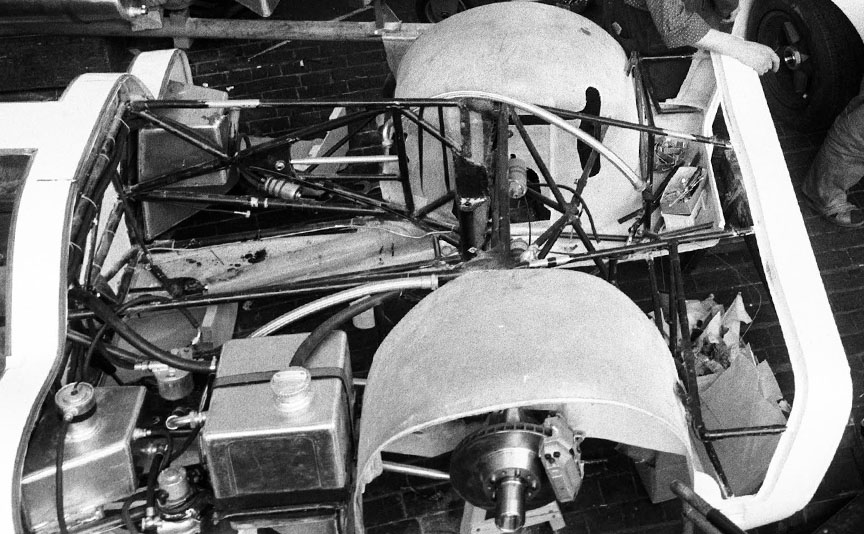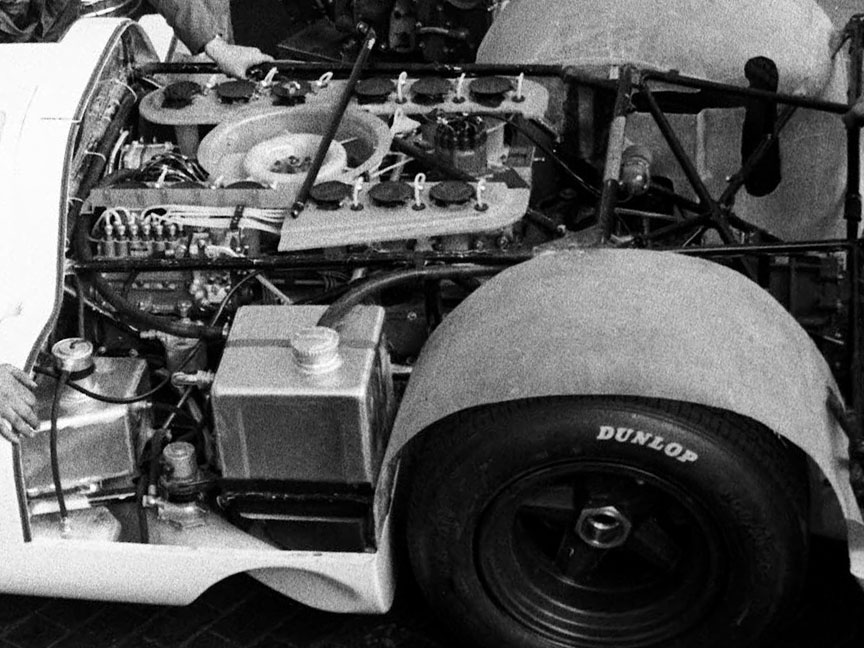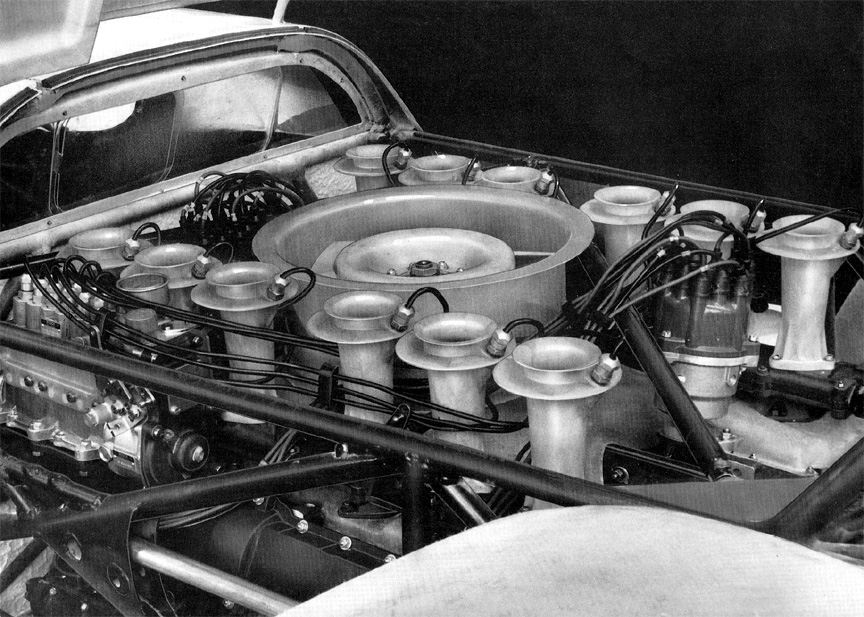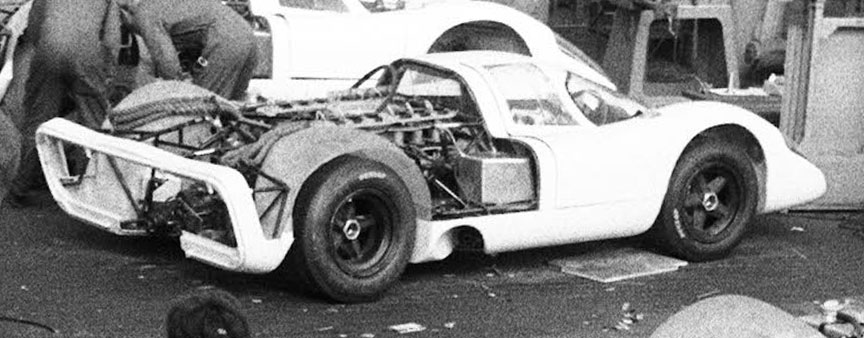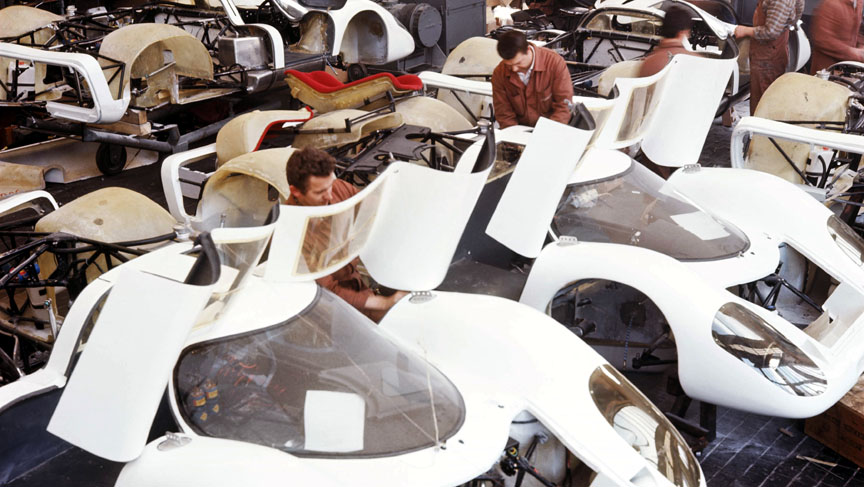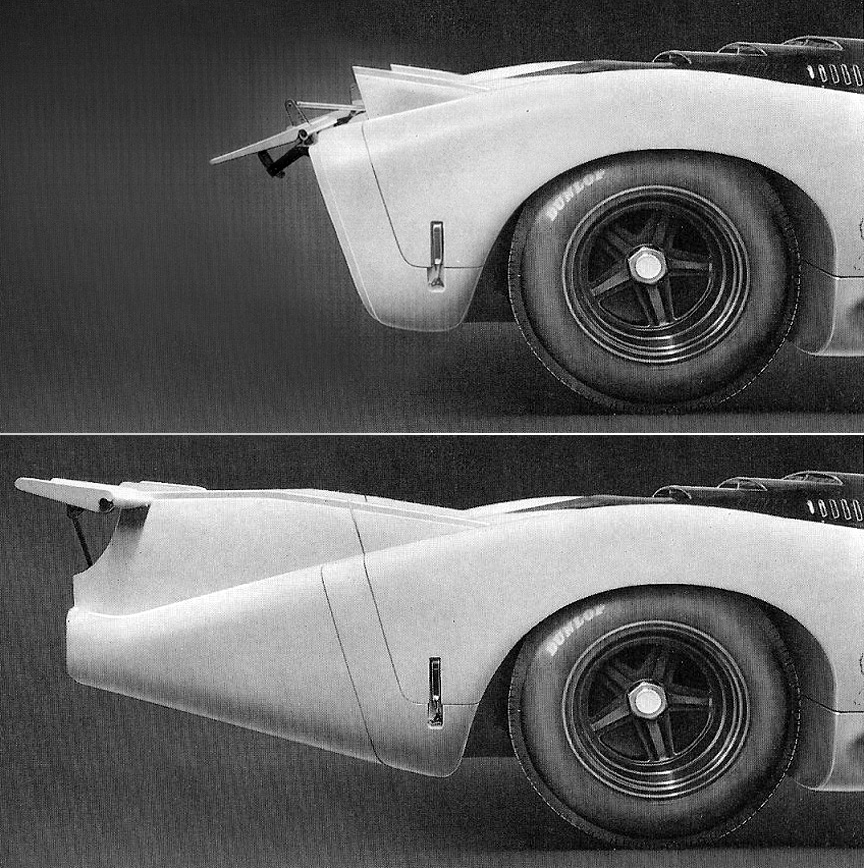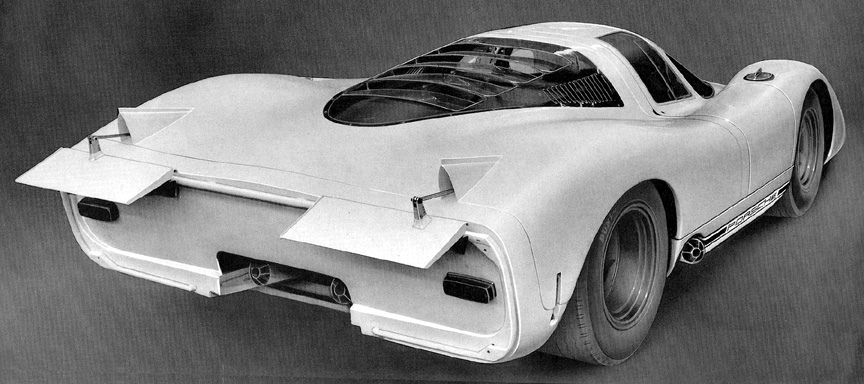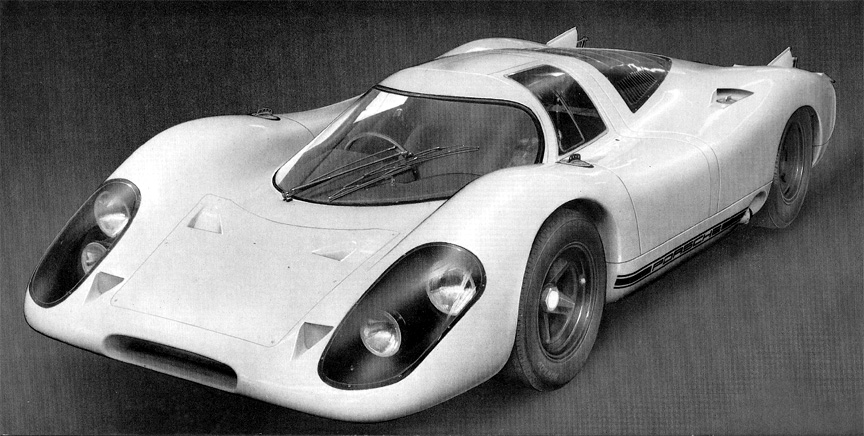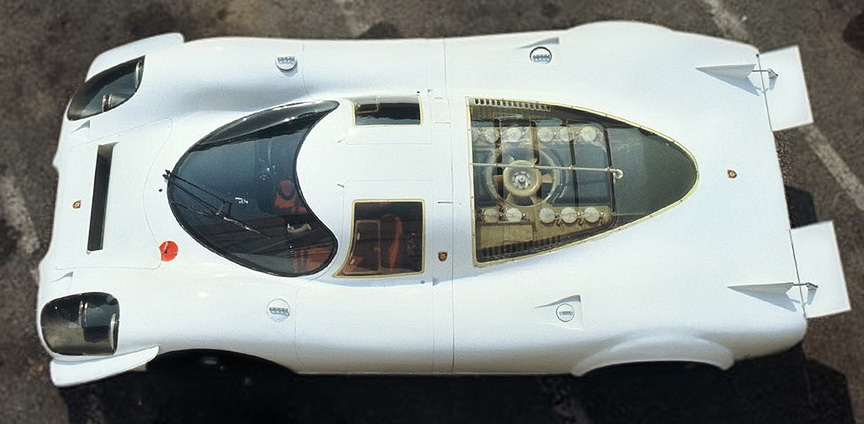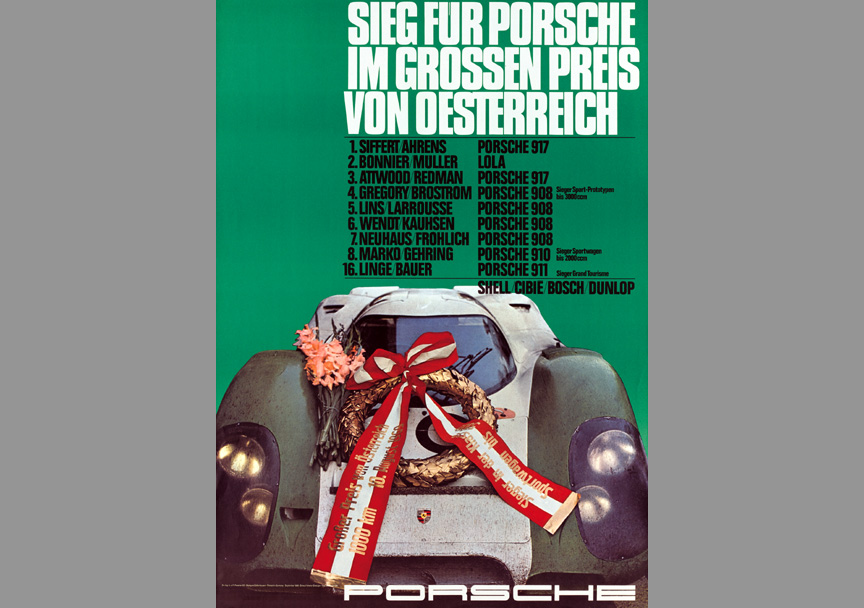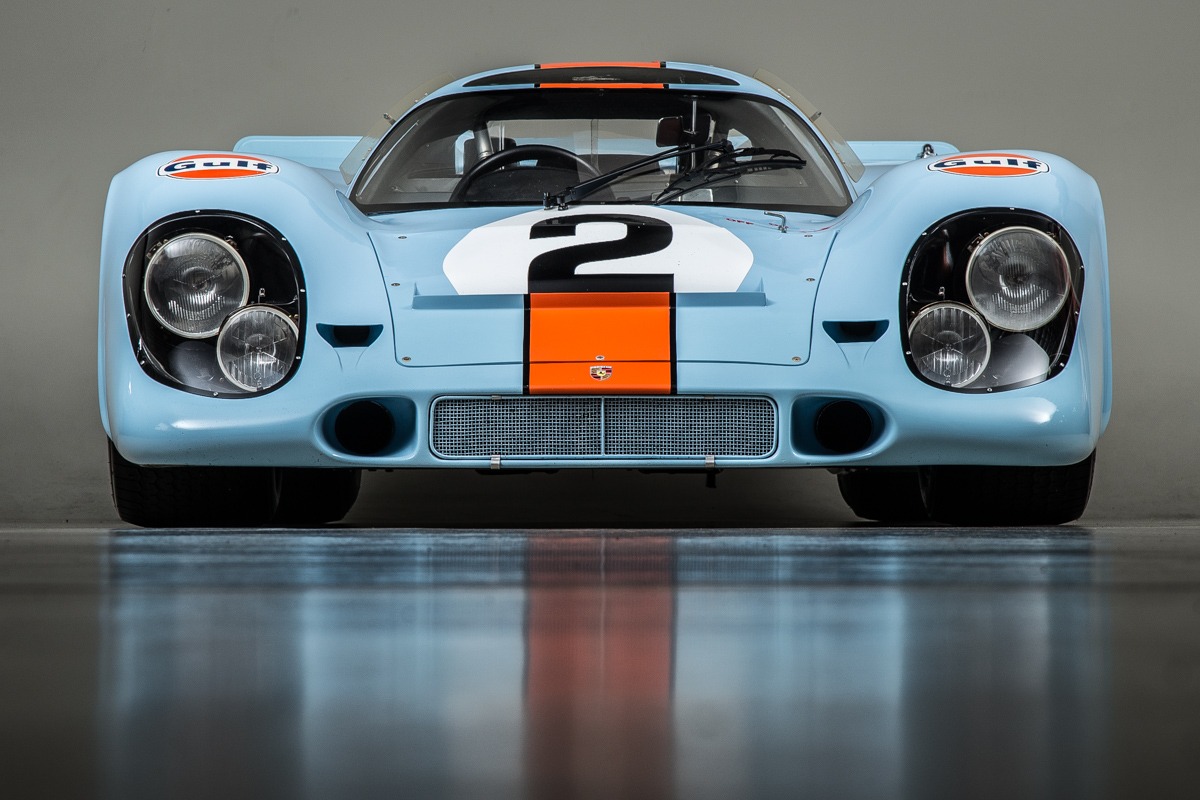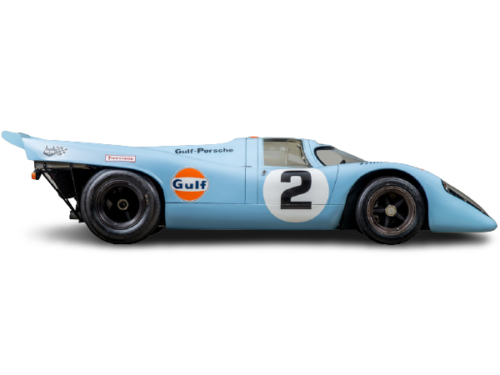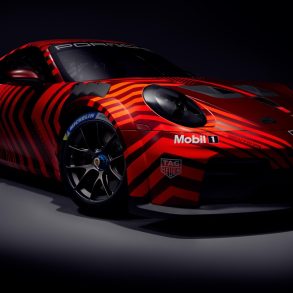Porsche 917 K (1969)
1969 Porsche 917 “Kurzheck” (Short Tail)
Premiere: 1969 May 11 at Spa 1000 km / Engine: 4494 cc flat-12 / Gearbox: 5-speed, ratios according to race track / Size: 4290 x 1880 x 920 mm, wheelbase 2300 mm / Wheels: 9+12×15″ / Weight with fuel: 896 kg / 1975 lb / Price: 140.000 DM
Although the longtail 917 was introduced first, it was meant only for the Le Mans. This meant, the short tail 917 K (“Kurz” in German for short) was raced first. The only engine available in 1969 was the 4.5-litre flat 12.
Approval from CSI to race the 917 was obtained on May 1 and the first race entered was the Spa 1000 km on May 11. The 917 K with chassis 003 (917-003) of Jo Siffert/Brian Redman was the fastest in qualification, but the drivers say it is incredibly unstable and they drive a 908 instead. Their 908 was 7 seconds slower per lap in qualification compared to their 917, but they still win the race with the 908. The other 917, chassis 024 is not among the fastest in qualification and unfortunately the car retires already on the first lap of the race because of the broken valve. The 917 is too fresh, not sorted yet.
The factory team enters one 917 K also for the Nürburgring 1000 km race, where it scores 8th. The factory team would not enter 917 K for racing anymore in the season, only private teams will. The first 917 victory comes at the Austrian long distance race, Zeltweg 1000 km, on August 10, 1969. Two private 917s score 1st and 3rd despite the aerodynamic problems they have to overcome.
In November, David Piper entered his personal 917 K for the 9 hour race at Kyalami, South Africa. The rear end of the car had the new downforce-generating style. Together with Richard Attwood they win the race.

